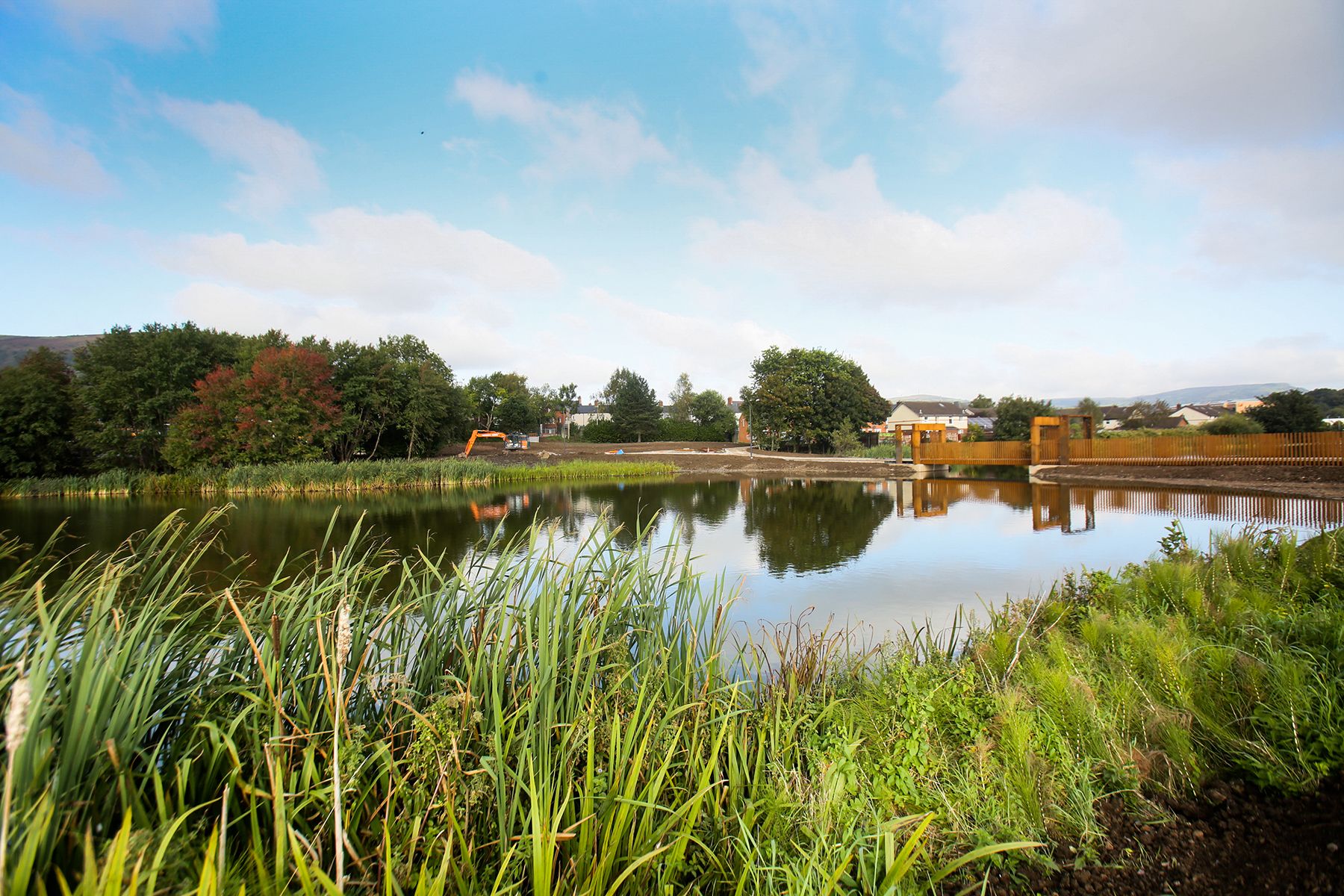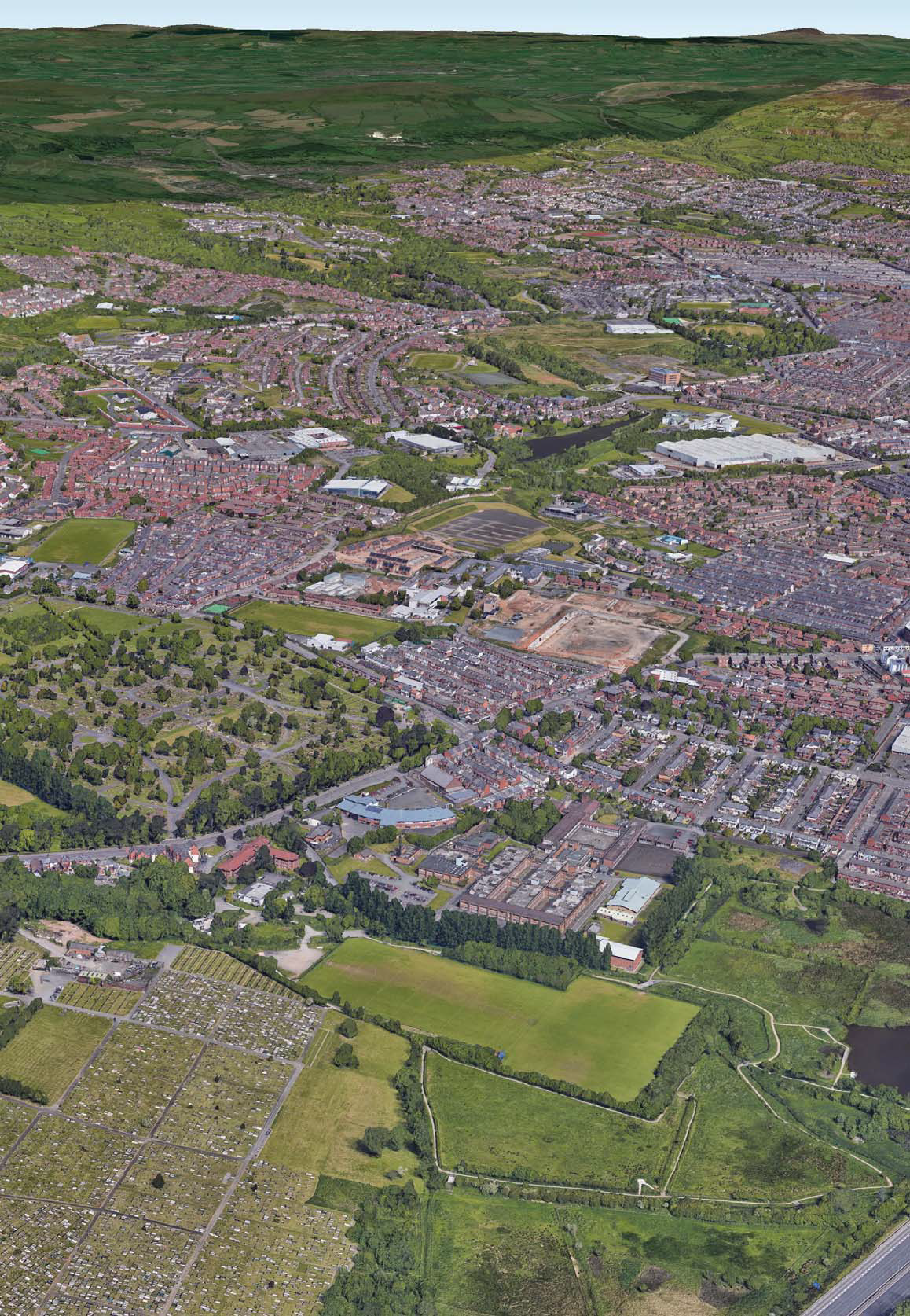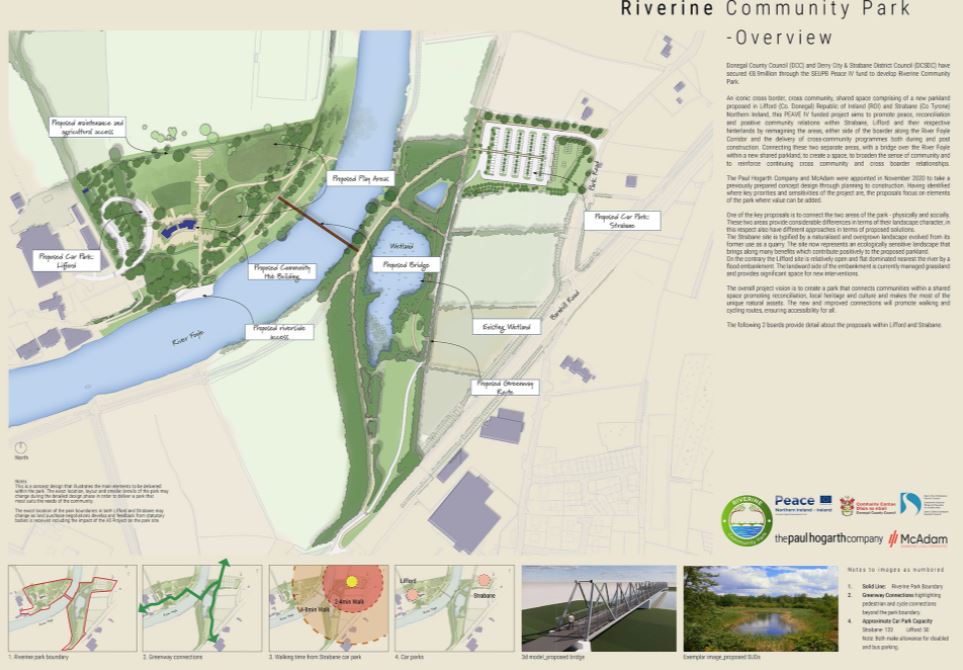
Earlier this month, McAdam Architectural Associate, Barry Kane, presented to the Institute of Water on the design process associated with the design of laboratory facilities. Speaking after the event, Barry gave an overview of the presentation.
“Laboratory facilities are complicated, highly serviced buildings, driven by the processes and science within. The presentation helped to distil the design process into simple steps and considerations architects and design teams should follow. It covered space planning principals and efficiencies, sustainability, touches on componentry design and discussed future trends and innovations.”
Barry, who has undertaken laboratory designs for clients such as NI Water, Queen’s University Belfast, Edinburgh University, Almac, Warner Chilcott and FSNI, also noted “Like any building, the functionality, space and ergonomics need to be carefully considered, but laboratory buildings have particular requirements leading to a more thorough review of ventilation, security, staff safety and separation of functional spaces within the over-all building.”
“Laboratories tend to be split into three distinct functional areas; Primary Labs, Secondary Labs and General Support areas. These have different space and ergonomic requirements and are assessed through workflow and space relationship reviews. We use BIM modelling to collaborate as we progress our lab designs, but also to help establish a future digital twin for organisations to use for maintenance, operational and any future changes they might want to make.”
“Another key consideration is energy usage, laboratories tend to use 5 times the amount of energy as a standard office building so the integration of M&E Services, intelligent Building Management Systems and passive energy design can help decrease operational costs and carbon footprint, but generally lead to slight increases in capital costs. With rising energy costs and the need to demonstrate environmental credentials, organisations now appear more accepting of this holistic and sustainable approach.”
Barry summarised his thinking, “Whilst laboratories can appear complex, process driven buildings, good space and workflow planning should be grounded on the concept of future adaptability and flexibility. As the laboratory workspace develops with modern advances in technology and equipment, the building should be capable of accommodating these future trends”.




